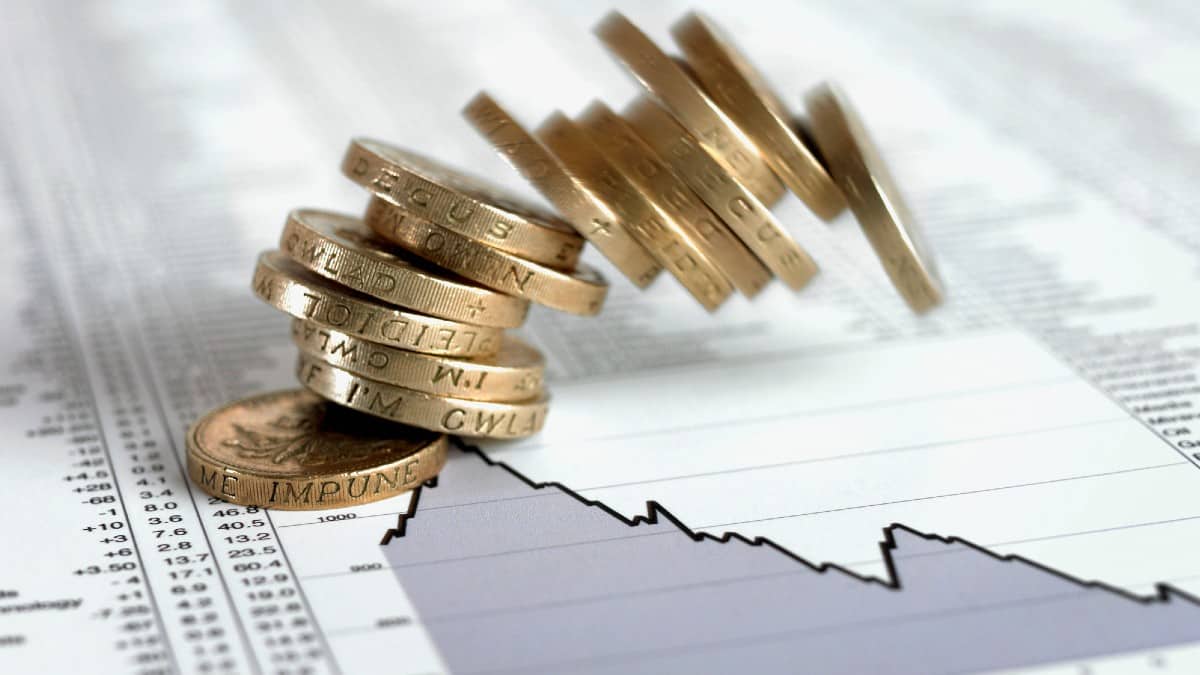The FTSE 100 has put in a fairly resilient performance in 2022, down 5%. However, the UK market’s second tier — the FTSE 250 — is down over 20%. Should I be avoiding this index like the plague going forward?
Before answering this question, let’s look at why the returns may have been so different.
Defensive value rules
One explanation for the FTSE 100 generally holding its own is that it features tobacco giants, big pharma stocks and newly-cashed-up oil companies. These are the sectors that investors have piled into as inflation has soared.
And understandably so. We all need medicine from time to time, most people need petrol to drive and quitting cigarettes is hard. Elsewhere, defense giant BAE Systems has seen demand for its shares rise due to the conflict in Eastern Europe.
Another reason for the FTSE 250’s fairly rubbish relative performance in 2022 is that many constituents in this index are less diversified by geography and more dependent on the UK economy. Unfortunately, this isn’t exactly firing on all cylinders at the moment. Surely it’s only a question of time before a recession is confirmed?
A third possible reason is that stocks in the FTSE 250, although still easy to buy and sell compared to lower down the UK market, are not quite as liquid as those in the FTSE 100. This means that share price moves can be more pronounced.
FTSE 250: lots to like
As things stand, I can see why investors might be wary of investing in the FTSE 250 or some of the companies that feature in it. However, I still think there’s an awful lot to like here.
For one, there are many high-quality stocks now trading at far-more-attractive valuations. For example, I’m very tempted to increase my holding in sausage roll seller Greggs before market confidence returns. I also like the idea of holding fantasy figurine maker Games Workshop for the long term. It’s down 30% in value this year.
Second, many members of the FTE 250 offer compelling income streams. While these can never be completely secure, it’s nice to receive this cash while I’m awaiting a recovery. Some of the biggest payers in the FTSE 250 right now are Jupiter Fund Management, insurer Direct Line and precious metals producer Centamin. As things stand, all offer dividend yields over 10%!
And if buying any of these stocks still seems too risky for me, a cheap exchange-traded fund tracking the return of the FTSE 250 as a whole also comes with a dividend stream. The only snag here is that it’s not quite so generous, at just under 3%.
More dark clouds ahead?
Of course, these attractions do not in any way guarantee that we’ve seen ‘the bottom’. The funk seen in markets could continue for some time. And, yes, that could possibly stretch to years rather than months.
Notwithstanding this, I’ve been around the block enough times to know that the best time to accumulate is when everything seems grim. Share prices may be impossible to predict from day-to-day but human behaviour and emotions — our tendency to go from greed to fear and then back again — won’t change.
I’m not put off by the FTSE 250’s performance this year. If anything, I’m seeing it as a wonderful opportunity.







